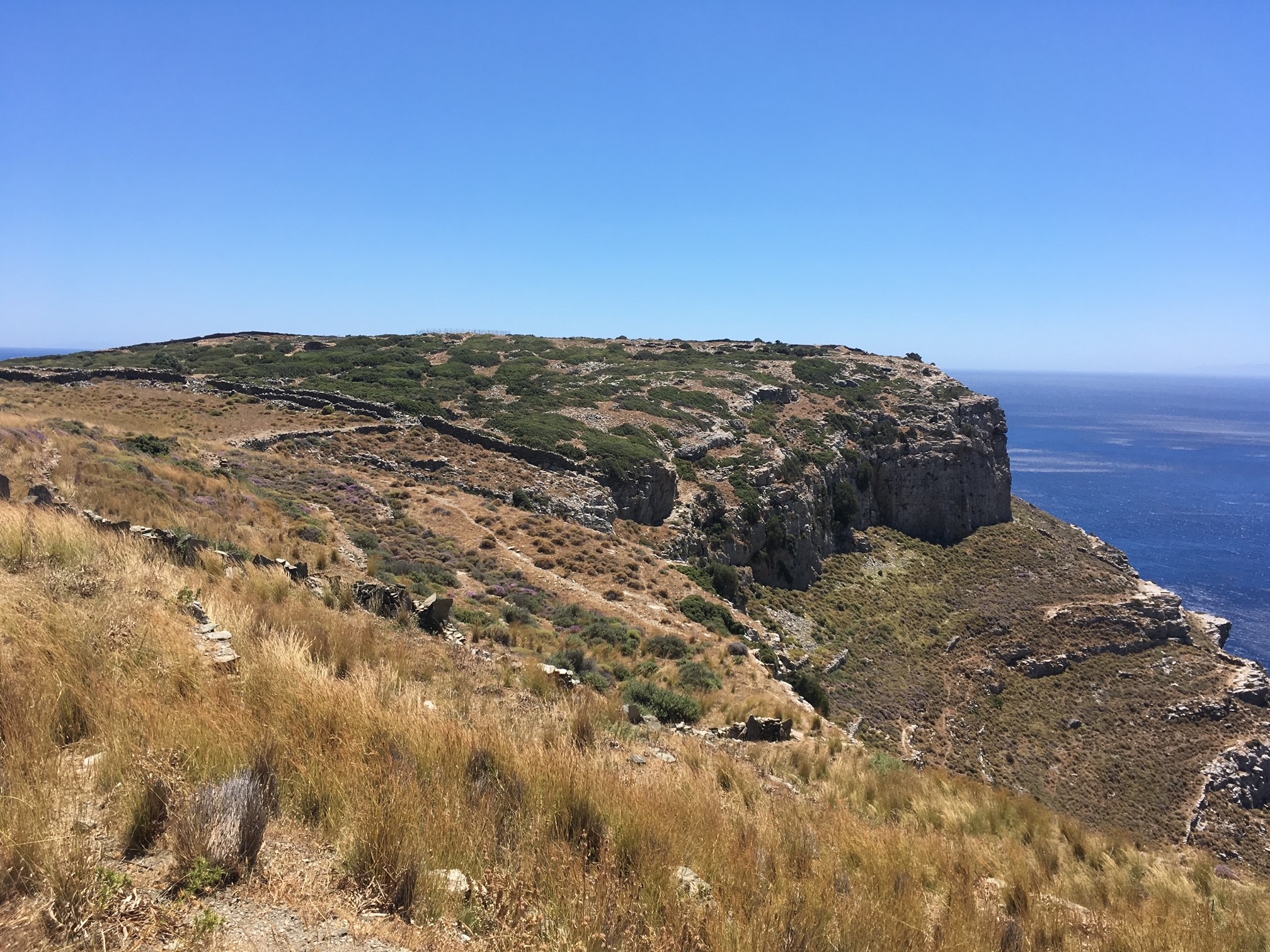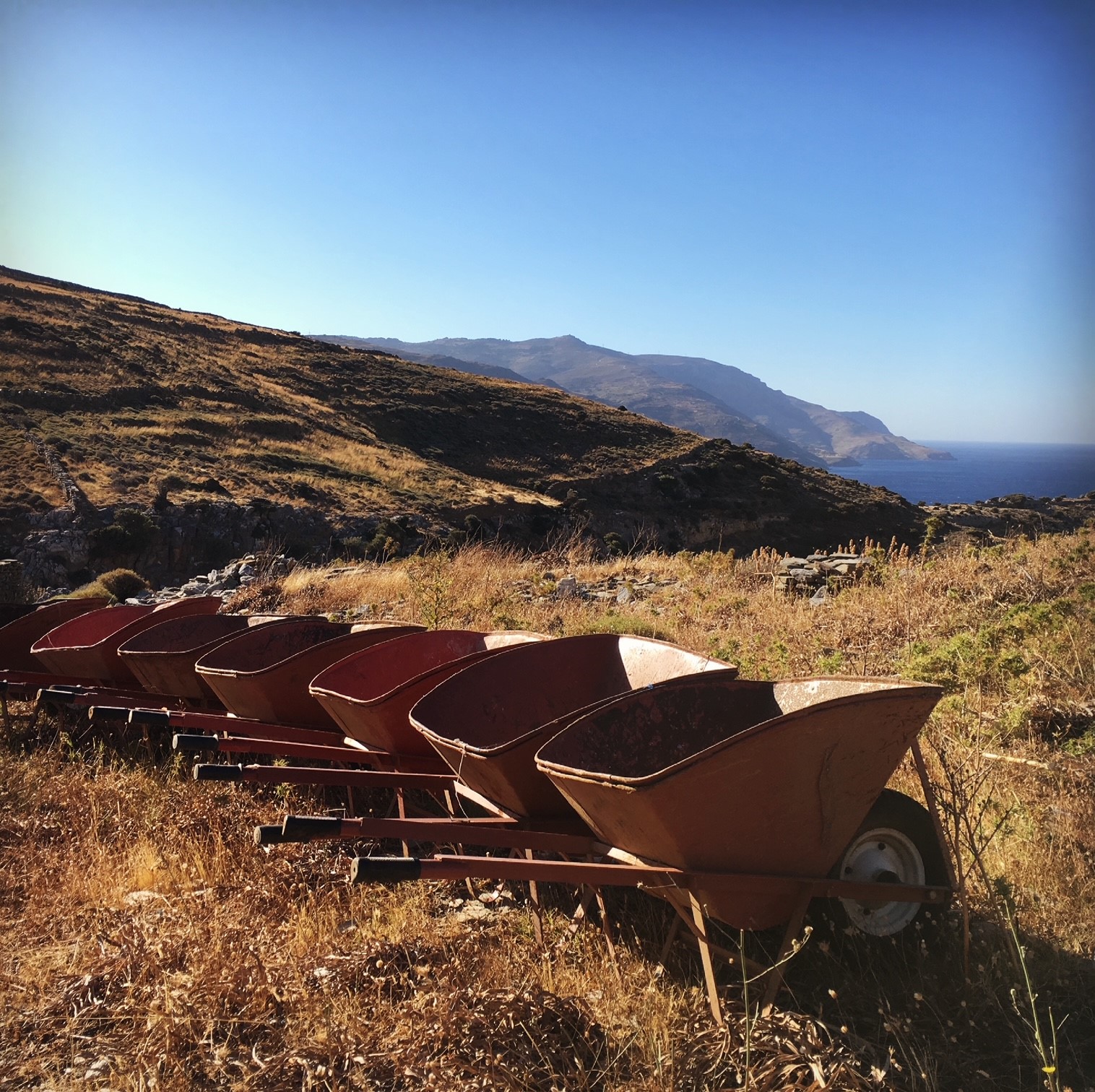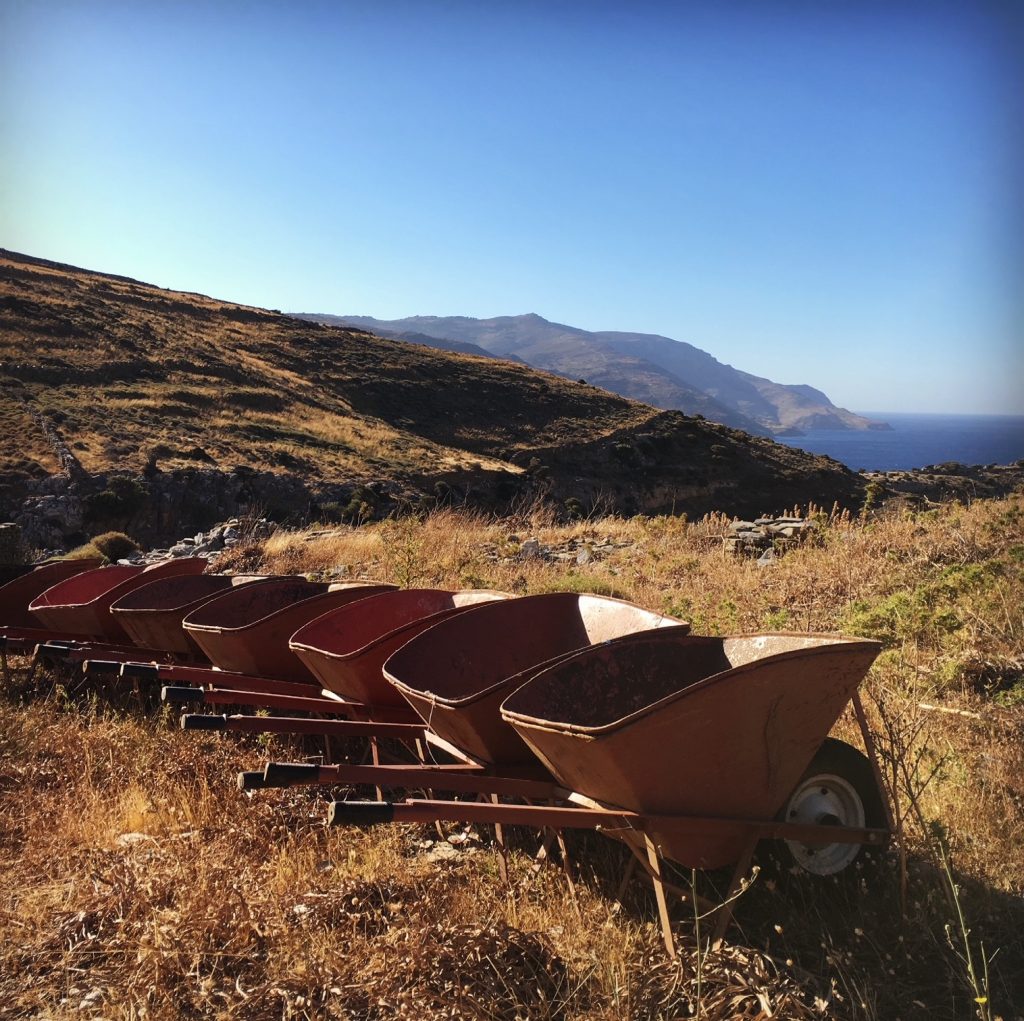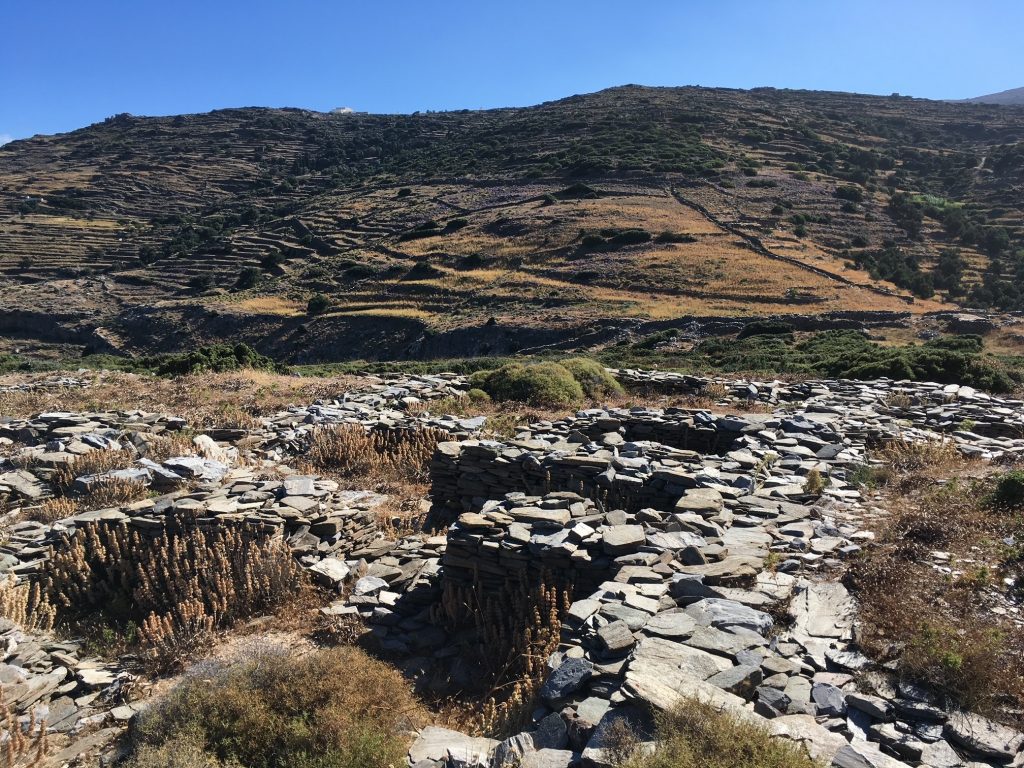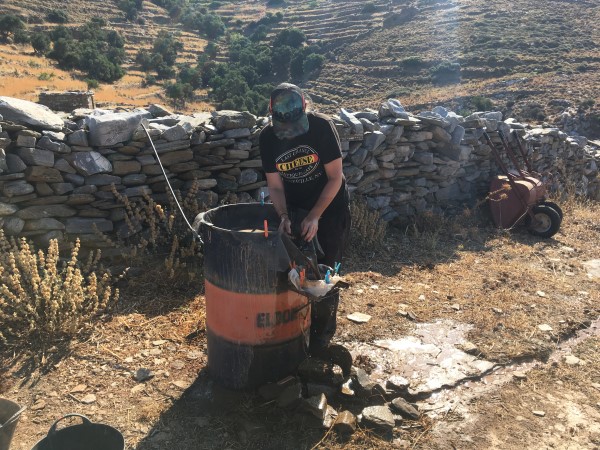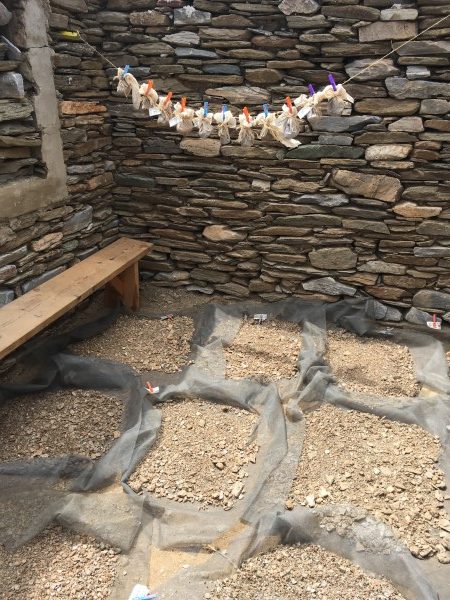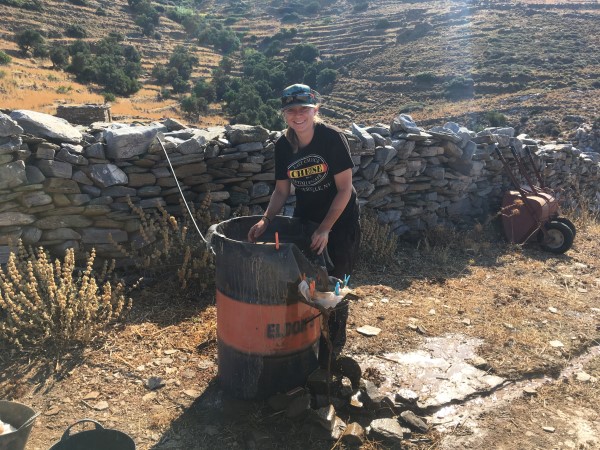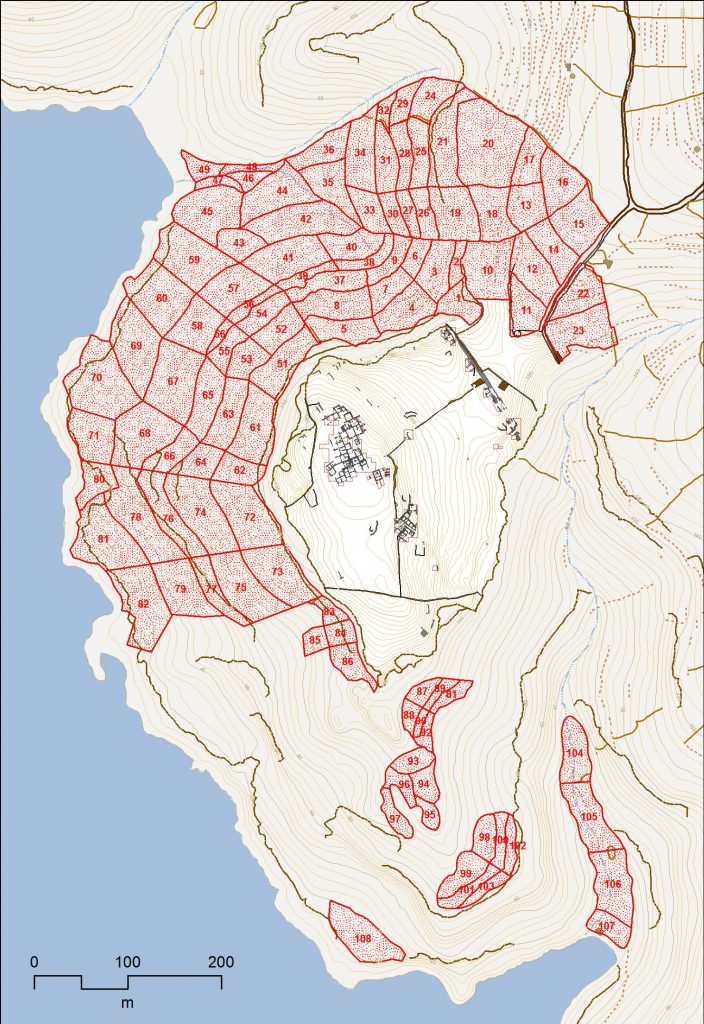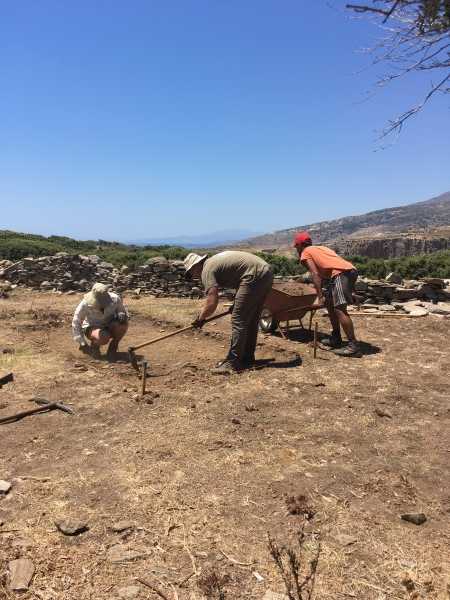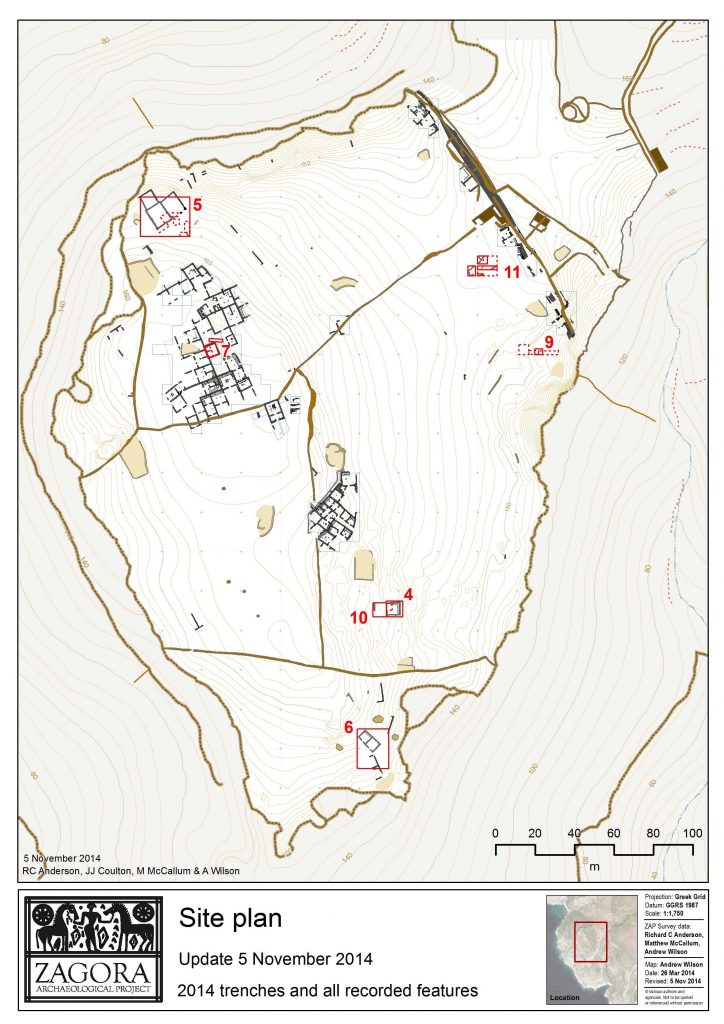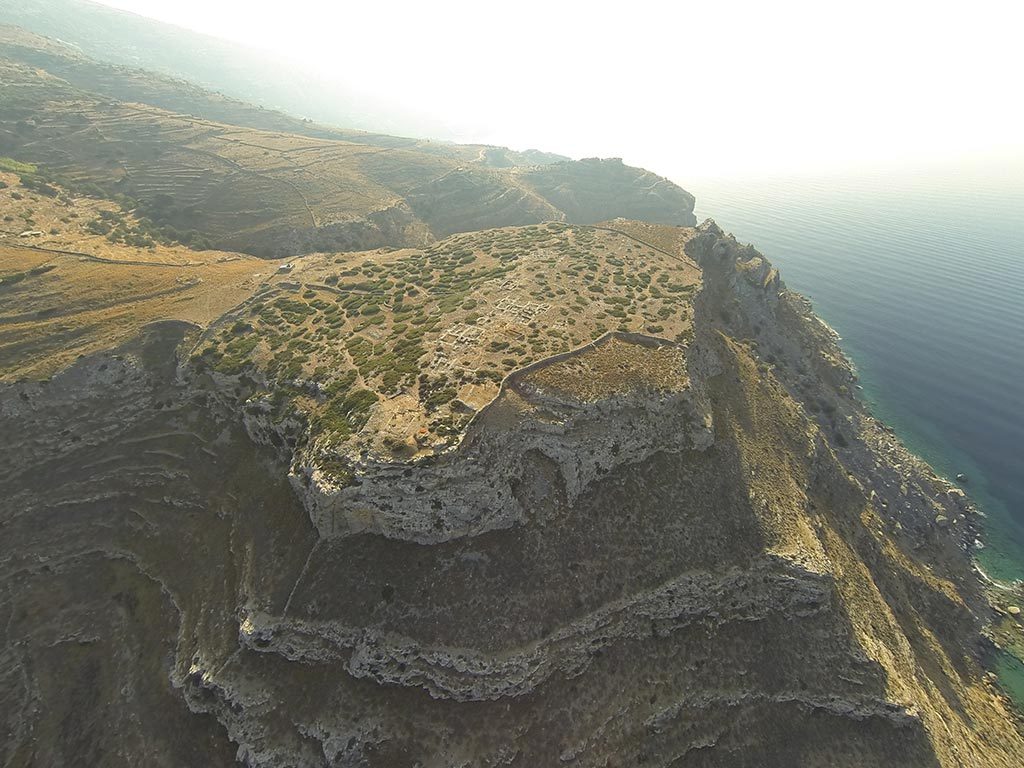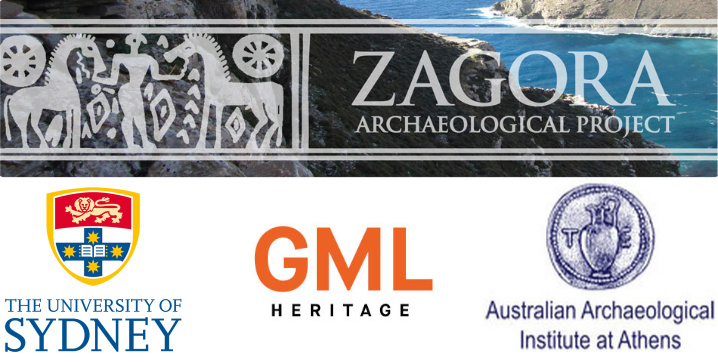Join us on Thursday 14 October at 6:30pm for a free lecture on the latest from the Zagora Archaeological Project.
Register online here.
About this event
The Early Iron Age settlement at Zagora (Andros, Greece) continues to yield new data and fresh insights into the nature of Aegean island life in the eighth century BCE. This presentation is the second in this series, following the April showcase of recent investigations at the site.
Thanks to new data from the latest field campaigns and ground-breaking reappraisals of previously excavated material (1967-1974), current Early Career scholars are offering deeper understanding of Cycladic community life and work at this remarkable site. Their work is presented here.
The Zagora evidence offers a rare glimpse into the daily lives of this community: the spaces its inhabitants lived in, how they fed and nourished themselves, and how they manufactured the tools and products they used and traded within an increasingly connected world. This research delves into these household spaces to create a picture of community life and the complex domestic landscape where cooking, craft production such as metalworking, animal husbandry and agriculture were interwoven into the fabric of daily life.
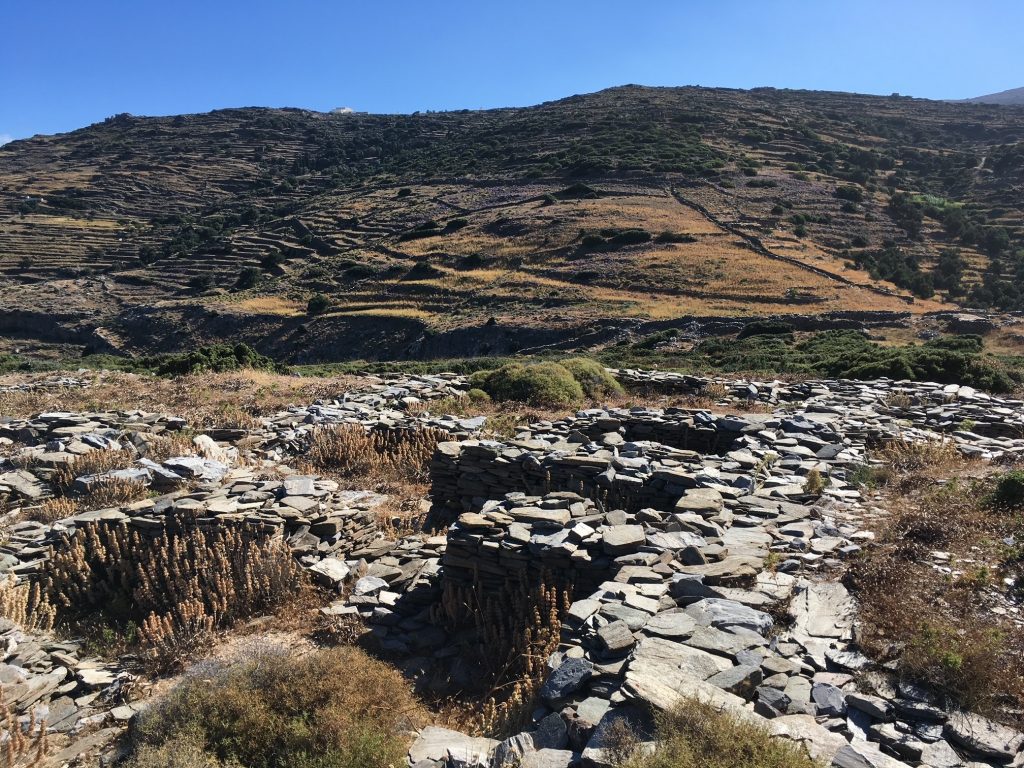
About the speakers
Rudy Alagich is a PhD candidate at the University of Sydney utilising biomolecular methods to provide new insights into ancient Greek agriculture and society.
Dr Kristen Mann is a specialist in early Cycladic settlement archaeology and household space, and is currently a postdoctoral fellow at the Australian Archaeological Institute at Athens and Director of the Digital Horizons Project.
Beatrice McLoughlin is the Finds and Database Manager for the Zagora excavations; her research is centred on defining the local ceramic traditions at the site, from the perspective of potters and users of the coarse wares.
Dr Ivana Vetta recently completed a PhD at the University of Sydney in archaeometallurgy and the Greek Early Iron Age and is an Associate Director at Archaeological Management and Consulting Group.
